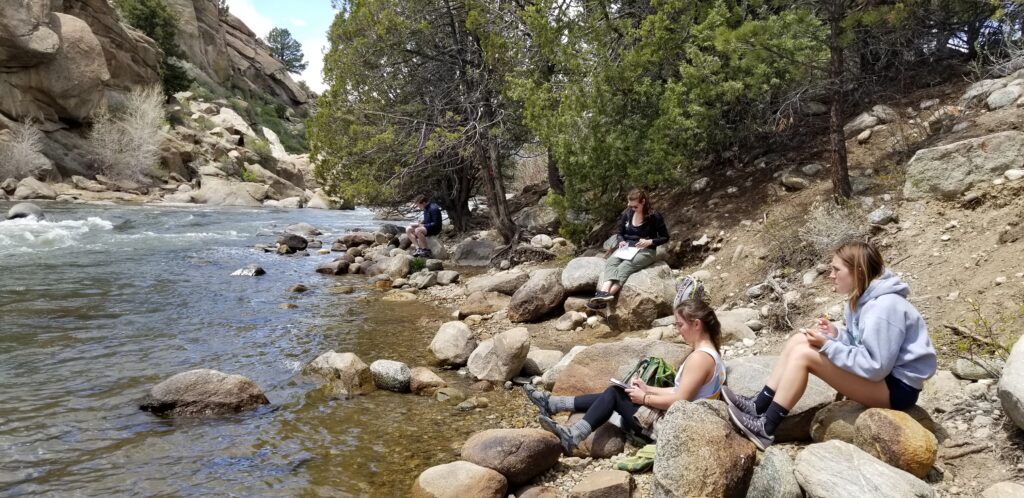
Teaching a new class is always hard – I am not quite sure how to describe teaching a new class on the block (as a reminder – 3.5 weeks, 18 days), but needless to say, it reminds me of just how difficult teaching is. Especially when you are teaching something you have lots of knowledge and intuition about because it is integral to your research but really have very little formal training in (minus one groundwater flow modeling class). In my case this topic is hydrology. Thank goodness for the many hydrologists in my life who happily shared their syllabi and assignments for all sorts of water related courses. In the end I taught a hydrology course with a strong justice undercurrent (EV351 B8 2019 syllabus). The course capitalized on college-wide lectures by Diana Liverman and David Montgomery – as well as guest lectures by Kate Brauman (who holysmokes just testified in Congress!), Adam Ward, and Eric Hecox to the class. Each speaker linking society and hydrology in their own way, from their own personal and disciplinary perspectives. The speakers all made a lasting impression on the students, helping link the fundamentals of how water moves and the complicated answer to what is considered “waters of the United States” to tangible, socially relevant issues.
How water moves
We of course spent lots of time talking about how water moves, how we quantify this movement, and how we estimate it. We did a lot of math (which is somehow better when you can write it on your desk.. chalk is not just for blackboards anymore) about water.
We visited the Arkansas River (near Buena Vista, CO) and discussed pebbles and power – with the students figuring out how fast the water must have been moving to transport the large boulders they are sitting on (about 7x faster than it was moving that day).
We did tracer tests (first with salt, then with milk) to understand transport:
How water is managed
Guest speakers were particularly integral in framing the movement of water around how we capture, store, and use it. Kate Brauman introduced the idea of hydrologic (ecosystem) services on the 2nd day of class, setting up the scaffold to hang bits of knowledge like capillary pressure, Darcy’s Law, Manning’s Equation. Eric Hecox discussed how the South Denver water district reuses all of its water (read more) and Adam Ward talked about the importance of changing definitions (redefining WOTUS, read more).
Water Justice Campaigns
The Water Justice Project represented a culmination of the students’ understanding of hydrology and water’s societal relevance. Students created print and “live-action” campaigns to encourage their audience to act (e.g. to write their representative, vote, etc.). As per usual – my students blew me away with their creativity and messaging. Below are a few examples:
Margot Flynn, Luci Kelemen, Zoe Zwecker created a campaign around international water agreements:
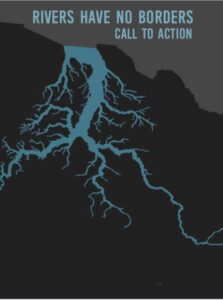
Brandon Ewert, Alli Moon, Sarai Sato Bajracharya & Quinn Yawger motivated folks to contact their representative for HR1417 – with their justice campaign focused on drinking water in Flint Michigan:
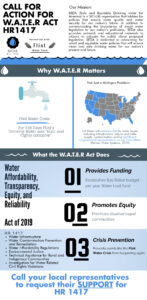
Maeve O’Meara, Caroline Peters, Anya Steinberg, & Michelle Wolford created a fictitious California gubernatorial campaign around important water justice issues in the San Joaquin Valley:
Plus campaigns all about salmon – around the Pebble Mine in Alaska and hydroelectric dams within the Columbia River basin.
Wikipedia Biographies
Once again my students wrote Wikipedia biographies of women in STEM as related (ish) to the course topic. Wow, did they deliver. First, I didn’t even have to explain the project – a number of students who did the project in a previous class with me, explained it to the rest of the class and talked about all they gained from it. One student said she decided to be an environmental science major because of it, another said she is still in touch with her scientist, another one talked about how rewarding it was to email the link to the finished bio – he said, doing the project made scientists seem real. Needless to say, I wish I had recorded it and so I could just have them introduce the project from here on out. I am so grateful to the class for their attention to detail and desire to give “their” scientist the best bio they could. I am also very thankful to all the scientists who participated and provided your time – you are SUCH an inspiration to all of us.
On the last day of class students wrote Six Word Stories about their scientists, here are a few:
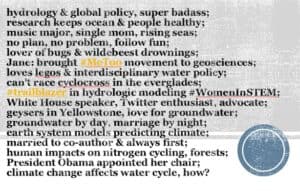
Role models matter! thanks again to all the amazing scientists who inspire my students & me every day, please check out their Wikipedia Biographies (& help to improve them): Newsha Ajami, Jean Bahr, Alexandria Boehm, Irena Creed, Petra Döll, Andrea Dutton, Christine Goodale, Terri Hogue, Anne Jefferson, Laurel Larsen, Lai-yung Ruby Leung, Jennifer McIntosh, Holly Michael, Ivette Perfecto, Emma Rosi, Kamini Singha, Jane Willenbring
more to come…
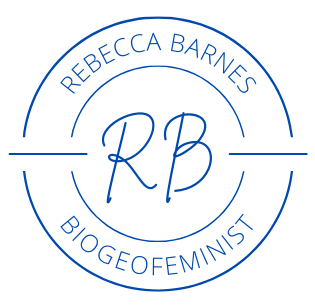
Comments are closed